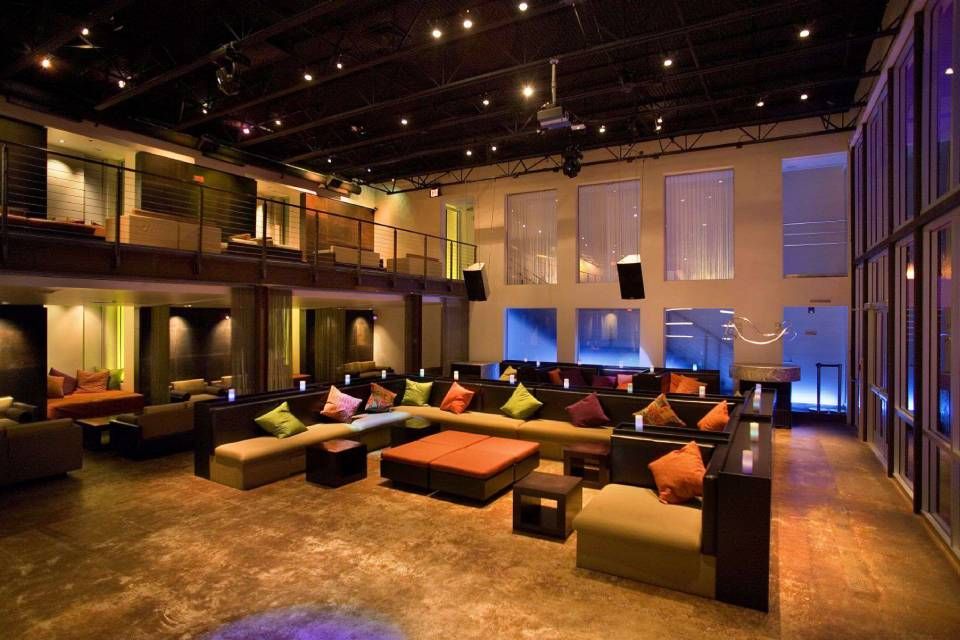Enhancing Security and Surveillance Efficacy Via Strategic Surveillance Camera Positioning in Retail Environments
Enhancing Security and Surveillance Efficacy Via Strategic Surveillance Camera Positioning in Retail Environments
Blog Article
In today’s shopping settings, safety is a primary concern for store owners and managers. A efficient method to improve security and monitoring is through the strategic placement of security cameras. Such cameras not only help prevent shoplifting and vandalism but also provide crucial evidence in case of incidents. By understanding the best locations for surveillance camera placement, retailers can maximize their efficacy and foster a more secure retail environment for customers and employees alike.
The first step in successful camera placement is to locate high-risk zones within the retail space. These locations often include entry points and exits, cash registers, and aisles where high-value products are displayed. By placing surveillance devices in these areas, retailers can monitor shopper actions and detect questionable conduct. Additionally, surveillance systems at entrances can capture footage of people entering and leaving the store, which is crucial for recognizing possible shoplifters. This proactive strategy aids in minimizing theft and guaranteeing a safe atmosphere.
Another important factor is the type of camera used in the store environment. Various types of cameras fulfill different functions. For example, dome surveillance cameras are commonly used for indoor surveillance because they are less noticeable and can monitor a broad area. On the other hand, bullet surveillance cameras are ideal for external application, as they are more visible and can discourage illegal activity. Store owners should assess their specific needs and select the appropriate camera models to ensure comprehensive coverage of the retail space.
Along with camera models, the position and elevation at which surveillance devices are mounted have a significant role in their effectiveness. Surveillance devices should be set at a level that enables for unobstructed visibility of faces and activities without being readily manipulated with. A typical recommendation is to install cameras at least 8 to 10 ft off the ground. Additionally, cameras should be tilted to monitor as much area as possible while preventing areas without coverage. This tactical installation ensures that all areas of the retail space are observed, offering a complete view of customer interactions and possible security risks.
Ultimately, it is crucial for retailers to regularly review and service their monitoring systems. This includes inspecting surveillance device performance, ensuring that recordings are high-quality, and refreshing programs as required. Routine upkeep aids to avoid technical issues that could jeopardize safety. Additionally, retailers should analyze recordings regularly to identify patterns in shopper actions and potential safety risks. By staying vigilant and attentive to their surveillance equipment, retailers can create a more more secure retail environment and protect their resources efficiently.